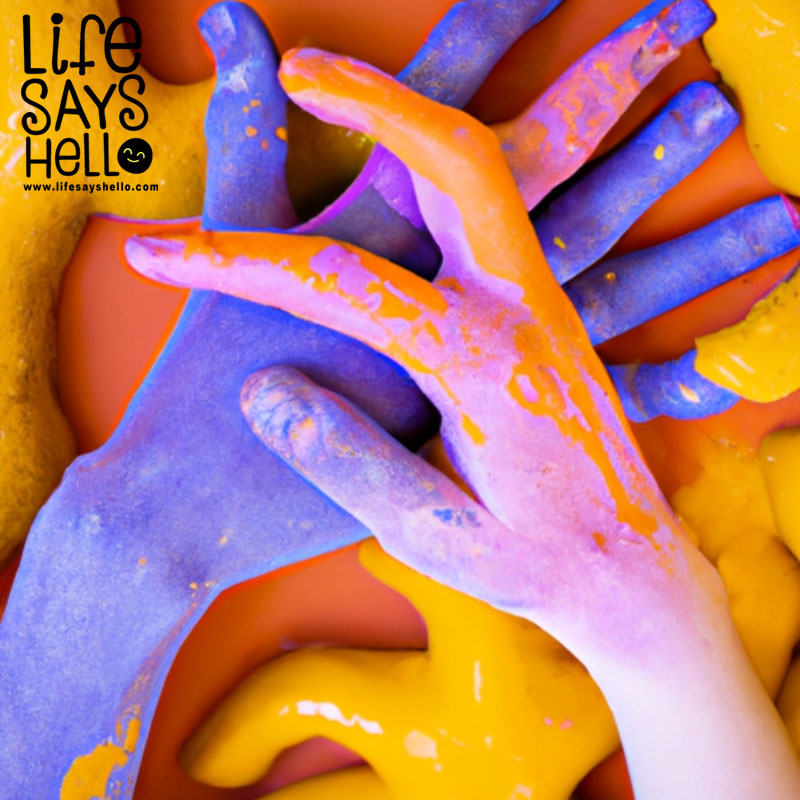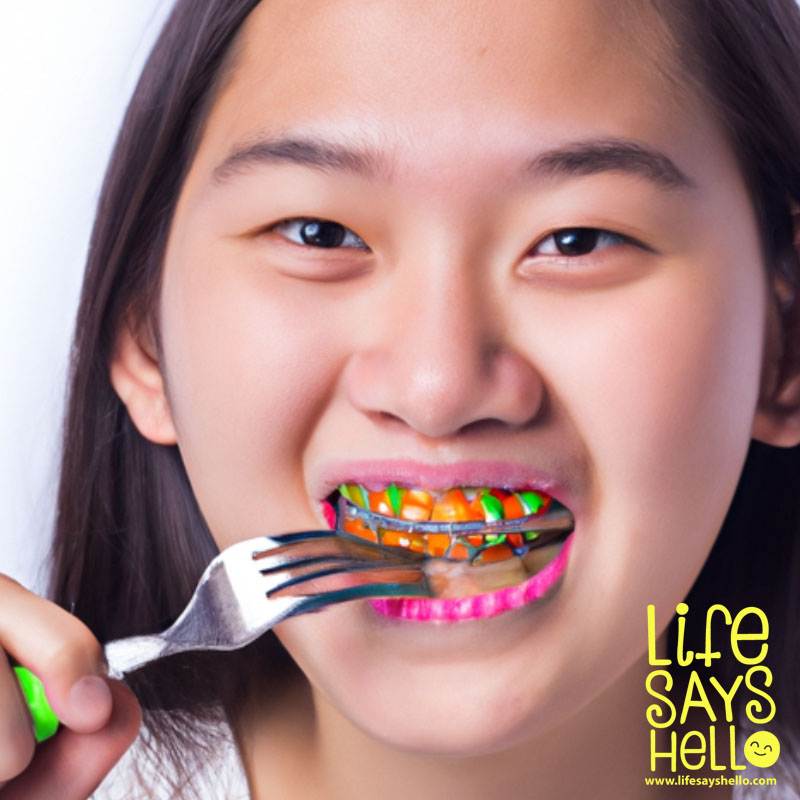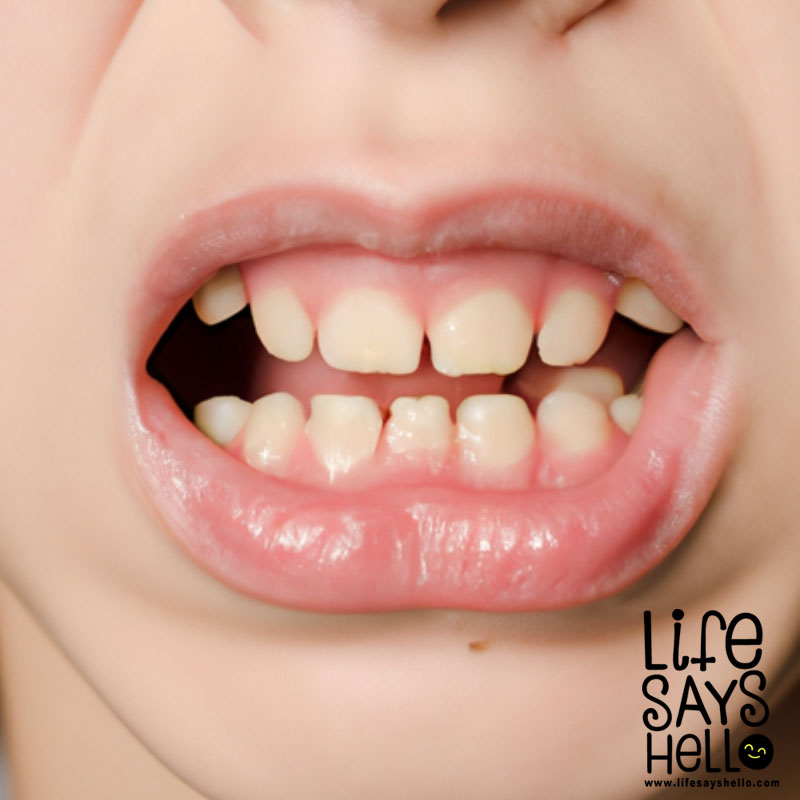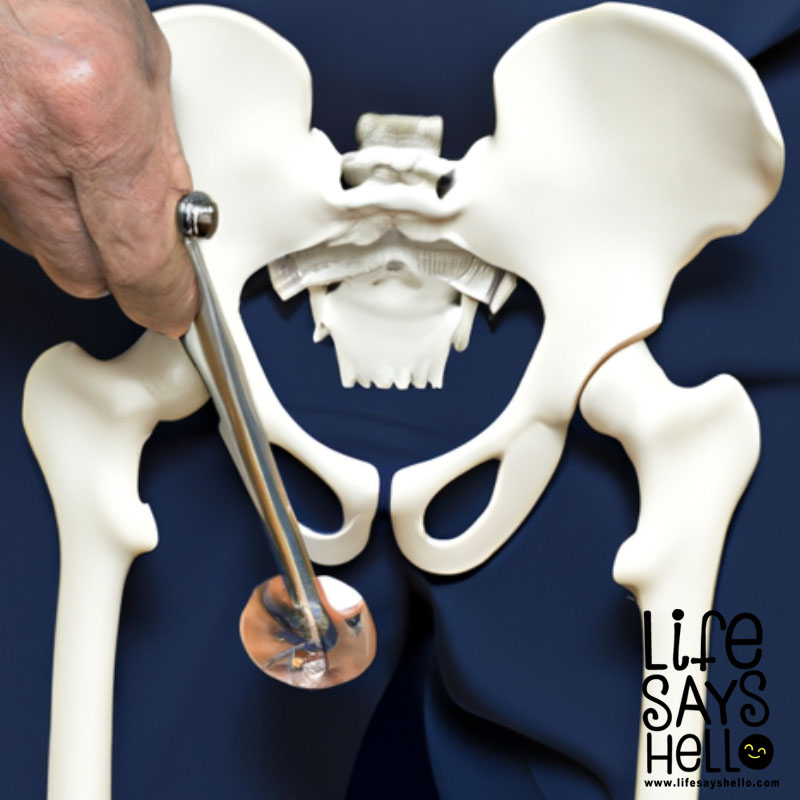Eczema Uncovered: What Does It Look Like and How to Identify This Common Skin Condition

Eczema is a prevalent skin condition that affects millions of people worldwide, but do you know what it looks like and how to identify its various forms? In this comprehensive guide, we'll explore the different types of eczema, their visual characteristics, and how to manage and treat this often-misunderstood skin issue.
Eczema, also known as dermatitis, is a group of skin conditions characterized by dry, itchy, and inflamed skin. It can affect people of all ages, but it's more common in children. With various types and appearances, eczema can sometimes be challenging to identify and manage. In this article, we'll delve into the world of eczema, exploring its general features, types, triggers, and treatments.
General Features of Eczema
Eczema can manifest differently depending on your skin color and the specific type of eczema you have. However, some general features can help you recognize eczema when it appears. These include:
Dry, Cracked, and Scaly Skin
One of the most common signs of eczema is dry, cracked, and scaly skin. This occurs because the skin barrier is compromised, leading to a loss of moisture and an inability to retain water effectively. As a result, the skin becomes dehydrated, leading to a rough, scaly appearance.
Redness or Swelling
Inflammation is a key characteristic of eczema, causing redness and swelling in the affected areas. This can range from mild to severe, depending on the type of eczema and the individual's skin.
Intense Itching and Pain
Eczema is notorious for causing intense itching, which can be unbearable for some people. Scratching the affected areas can further irritate the skin, leading to pain and even more itching – a vicious cycle that can be challenging to break.
Lesions, Blisters, and Changes in Skin Color
Some types of eczema can cause lesions or blisters to form on the skin. These can be painful and may ooze fluid, which can then crust over. Additionally, the skin where rashes appear may change color, either becoming lighter or darker than the surrounding skin.
Thickened Skin and Fluid-Filled Blisters
Chronic eczema can lead to lichenification, a thickening of the skin due to repeated scratching and rubbing. This can make the skin appear leathery and cause fluid-filled blisters to develop.
Darkening of the Skin Around the Eyes
Eczema can sometimes affect the skin around the eyes, causing it to become darker. This can be due to inflammation, scratching, or rubbing the area.
Raw, Sensitive Skin from Scratching
As mentioned earlier, the intense itching associated with eczema often leads to scratching, which can damage the skin and make it raw and sensitive. This can further exacerbate the condition and make it more challenging to manage.
Different Types of Eczema
There are several types of eczema, each with its unique characteristics and appearances. Here, we'll discuss the most common types and their visual features.
Atopic Dermatitis
Atopic dermatitis is the most common form of eczema, affecting up to 20% of children and 3% of adults worldwide. It usually begins in childhood and is characterized by dry, itchy, and inflamed skin. Atopic dermatitis often appears in skin folds, such as the elbows, knees, and neck, but can also affect the face, hands, and feet. The skin may become red, swollen, and cracked, with small, fluid-filled blisters that can weep and crust over.
Contact Dermatitis
Contact dermatitis occurs when the skin comes into contact with an allergen or irritant, causing an inflammatory reaction. There are two types of contact dermatitis: allergic and irritant. Allergic contact dermatitis is an immune response to an allergen, such as nickel, fragrances, or poison ivy. Irritant contact dermatitis is a non-allergic reaction to substances like detergents, solvents, or harsh chemicals. Both types cause red, itchy, and swollen skin, often with blisters or a burning sensation.
Dyshidrotic Eczema
Dyshidrotic eczema, also known as pompholyx, is a type of eczema that causes small, itchy blisters to form on the hands and feet. These blisters can be very painful and may become larger, eventually merging to form larger blisters. The skin around the blisters may be red, swollen, and cracked, and the blisters can sometimes ooze fluid and crust over.
Nummular Eczema
Nummular eczema, or discoid eczema, is characterized by round or oval-shaped patches of itchy, red, and inflamed skin. These patches can appear anywhere on the body but are most commonly found on the legs, arms, and torso. The affected skin may be dry, scaly, and crusty, with small blisters or oozing lesions.
Seborrheic Dermatitis
Seborrheic dermatitis is a type of eczema that affects areas of the skin with a high concentration of oil-producing glands, such as the scalp, face, and upper chest. It causes red, itchy, and flaky skin, often with greasy, yellowish scales. In infants, it's commonly known as "cradle cap."
Stasis Dermatitis
Stasis dermatitis is a type of eczema that occurs due to poor circulation, usually in the lower legs. It causes red, itchy, and swollen skin, often with scaling, oozing, and crusting. Over time, the skin may become discolored, thickened, and prone to ulceration.
Factors That Trigger Eczema
Various factors can trigger or worsen eczema, including:
Allergies
Allergies to foods, pollen, pet dander, or other substances can exacerbate eczema symptoms in some individuals.
Irritants
Exposure to irritants such as harsh soaps, detergents, or chemicals can cause or worsen eczema, particularly contact dermatitis.
Stress
Stress has been linked to eczema flare-ups, as it can weaken the immune system and cause inflammation.
Infections
Skin infections, such as bacterial, viral, or fungal infections, can trigger or worsen eczema symptoms.
Genetic Factors
Eczema often runs in families, suggesting that genetic factors play a role in its development. People with a family history of eczema, asthma, or hay fever are more likely to develop the condition.
How to Manage and Treat Eczema
While there is no cure for eczema, various treatments can help reduce symptoms and prevent flare-ups. These may include:
Moisturizers, Creams, and Ointments
Keeping the skin moisturized is crucial for managing eczema, as it helps to maintain the skin barrier and reduce dryness, itching, and inflammation. Thick creams and ointments are generally more effective than lotions, as they provide a better barrier to lock in moisture.
Oral Medications
In some cases, oral medications may be prescribed to help manage eczema symptoms. These can include antihistamines to reduce itching, corticosteroids to reduce inflammation, or immunosuppressants to control the immune system's overactivity.
Light Therapy
Light therapy, or phototherapy, involves exposing the skin to controlled amounts of ultraviolet (UV) light to help reduce inflammation and itching. This treatment is typically used for moderate to severe eczema that hasn't responded to other treatments.
Avoiding Triggers
Identifying and avoiding triggers can help prevent eczema flare-ups. This may involve avoiding allergens, using gentle skincare products, managing stress, and maintaining a healthy lifestyle.
When to See a Doctor
If you suspect that you or your child has eczema, it's essential to see a doctor for a proper diagnosis and treatment plan. Severe or persistent symptoms may require more specialized care from a dermatologist.
Conclusion
Eczema is a complex and often misunderstood skin condition, but understanding its various forms and appearances can help you identify and manage it effectively. By recognizing the signs and symptoms, seeking professional help when needed, and following a tailored treatment plan, you can take control of your eczema and enjoy healthier, more comfortable skin.




Comments